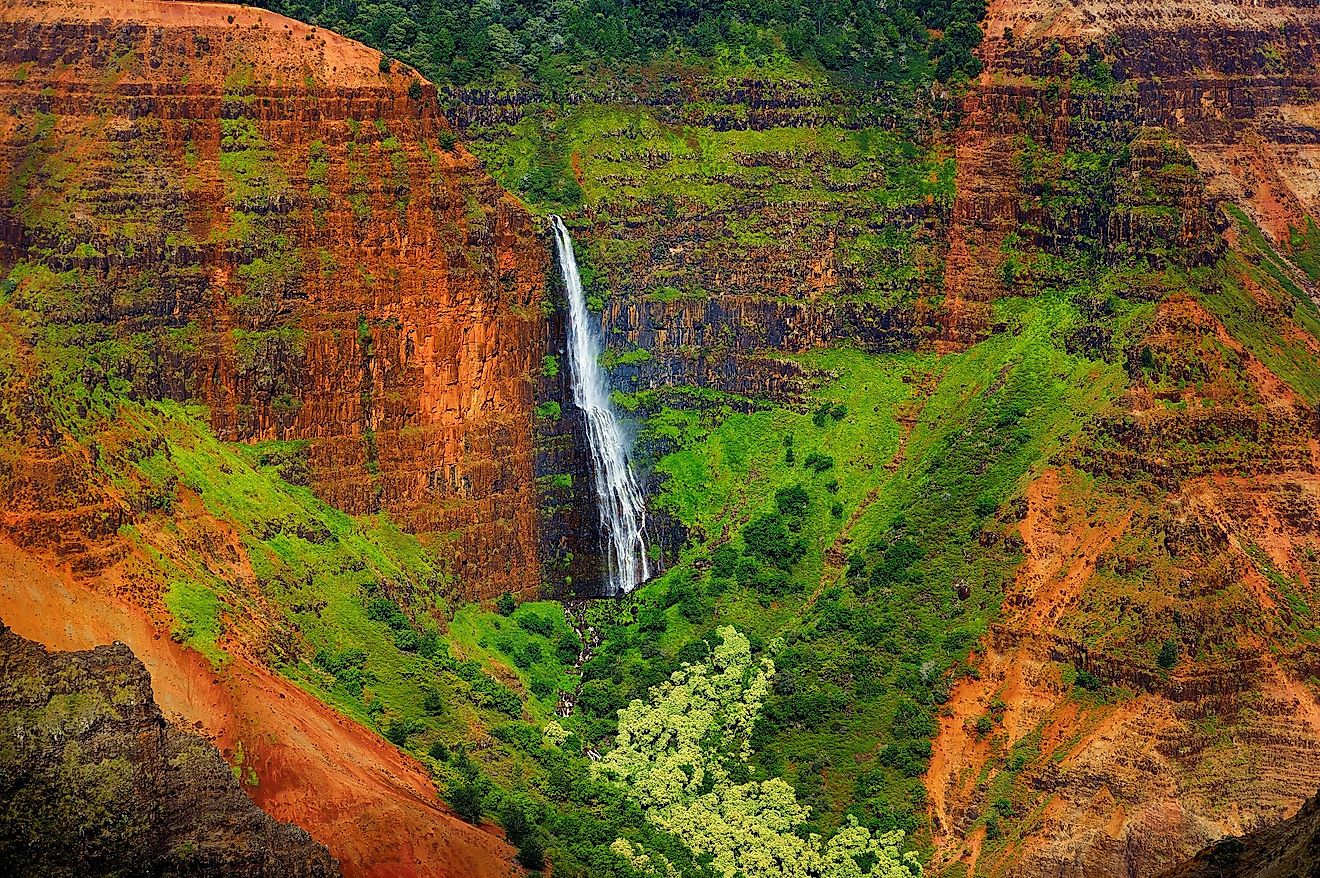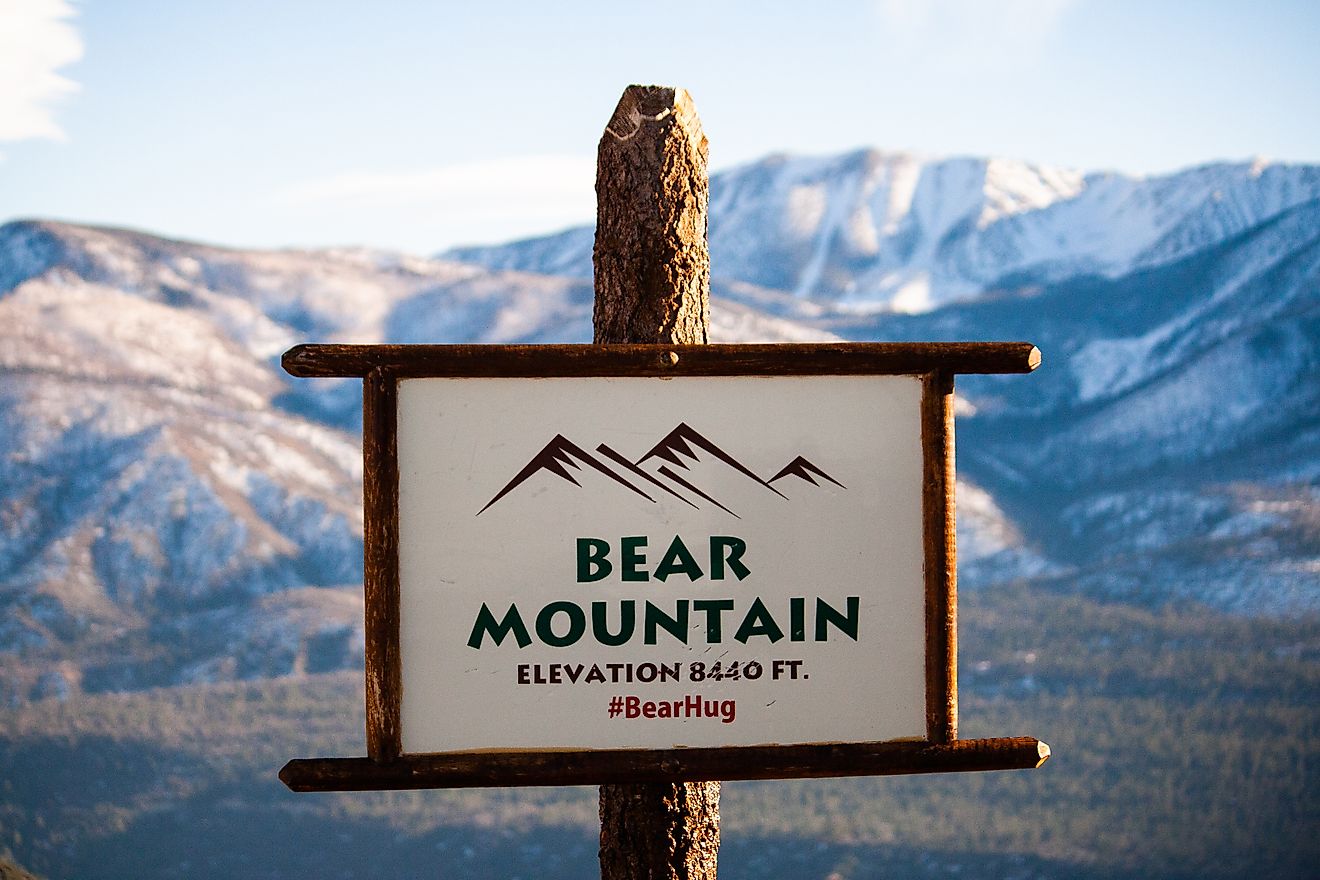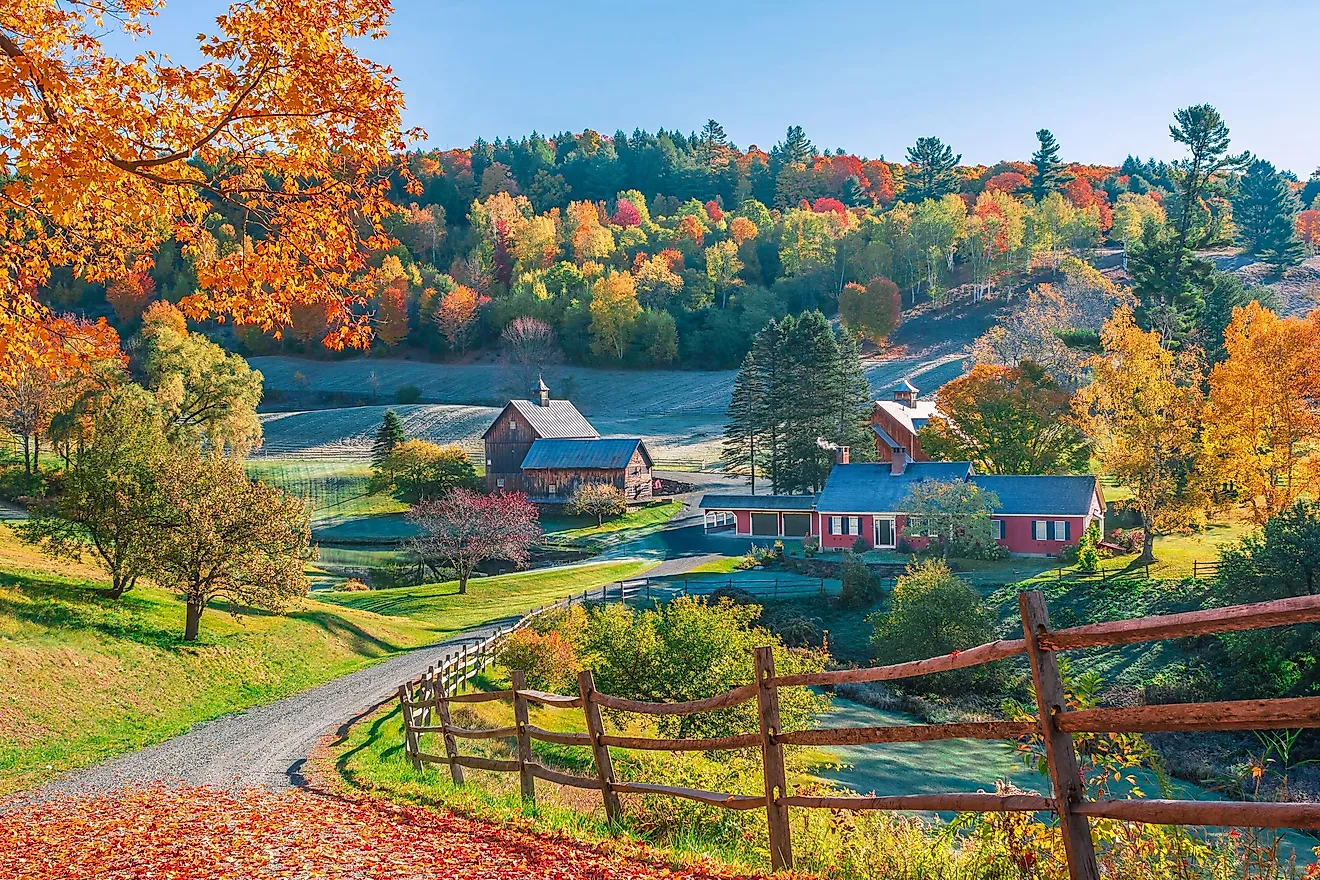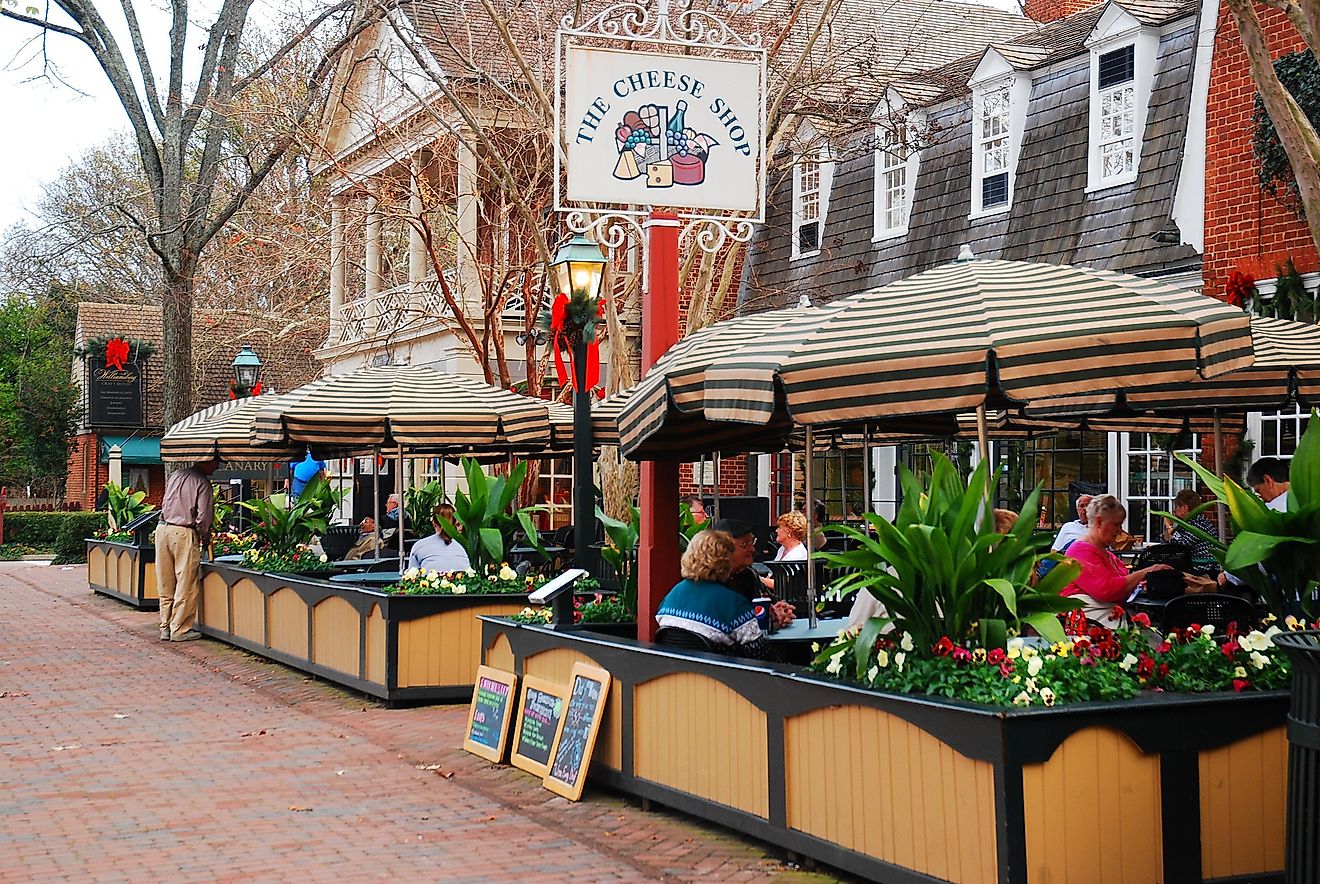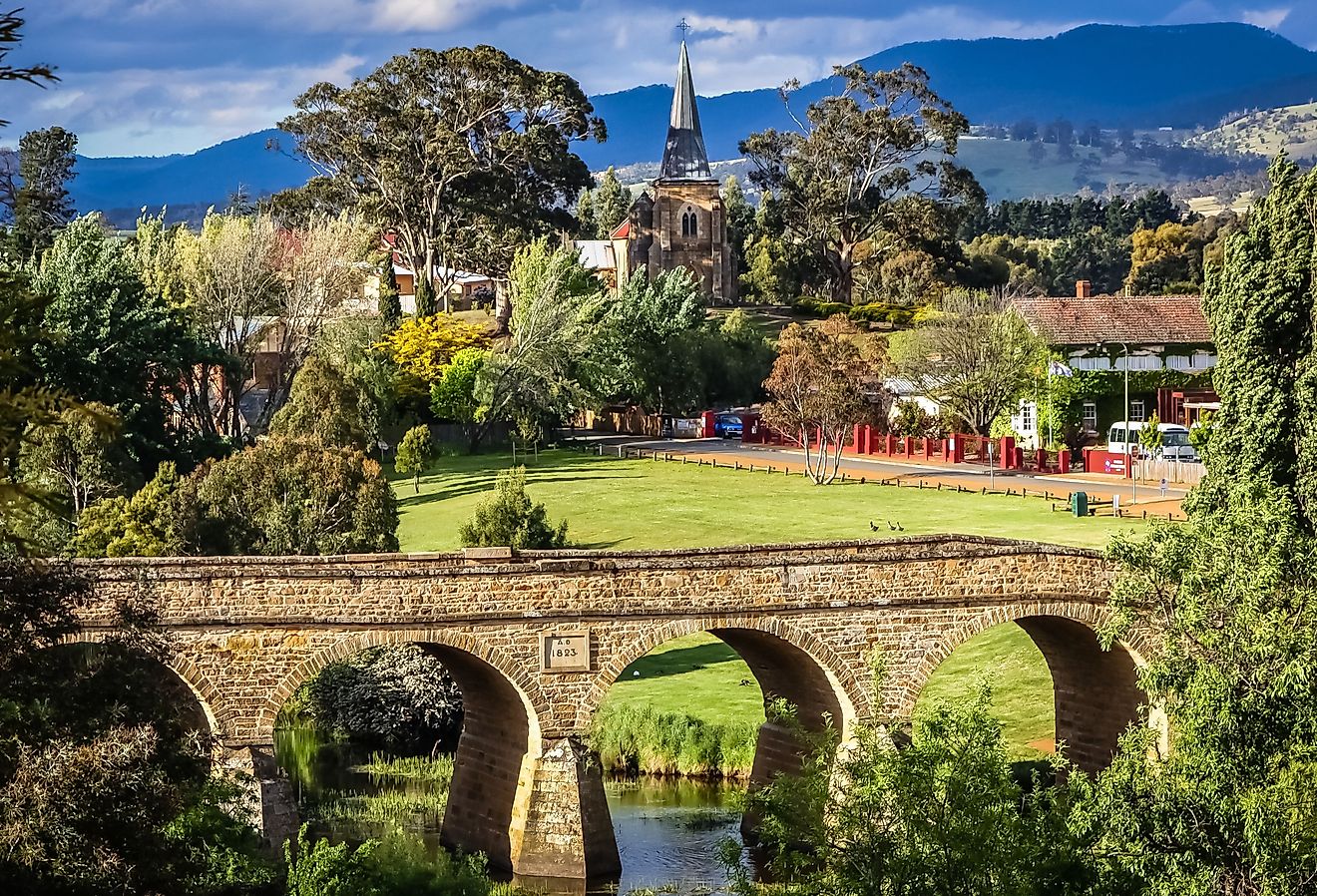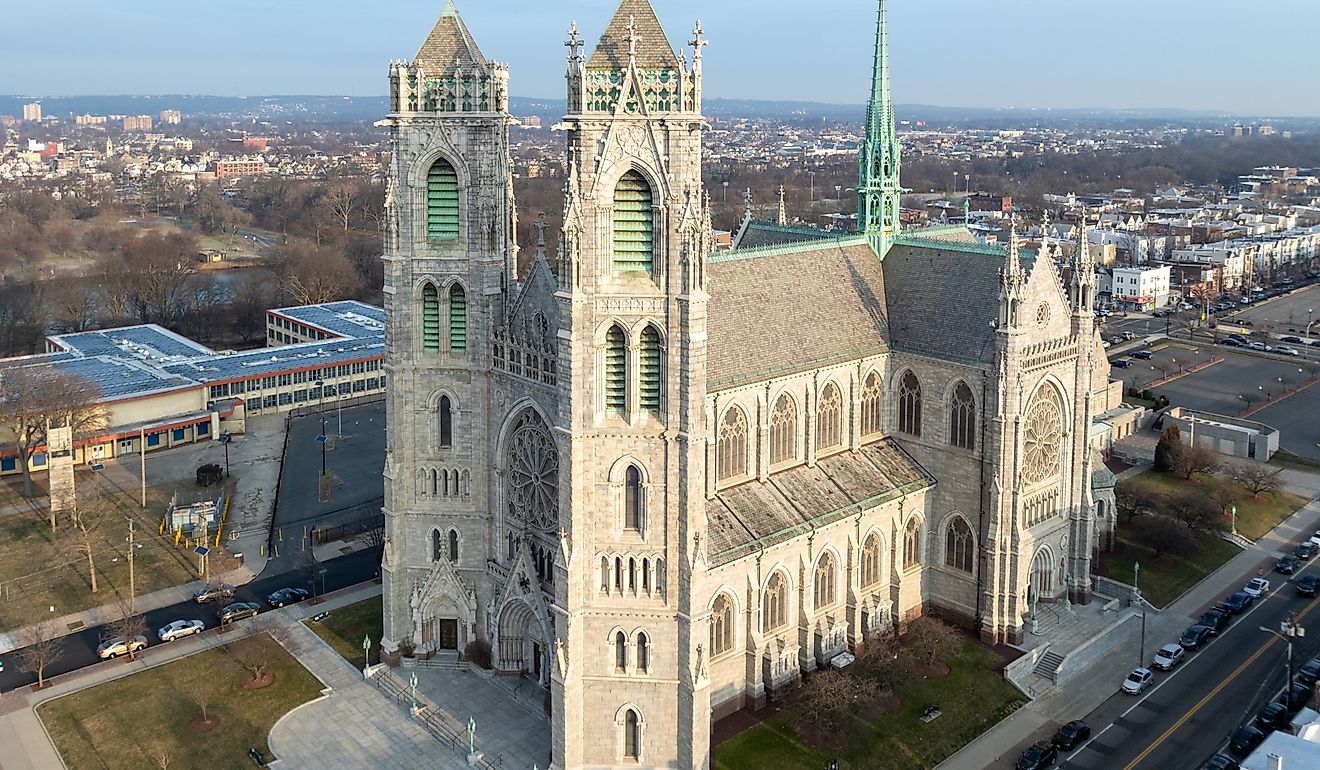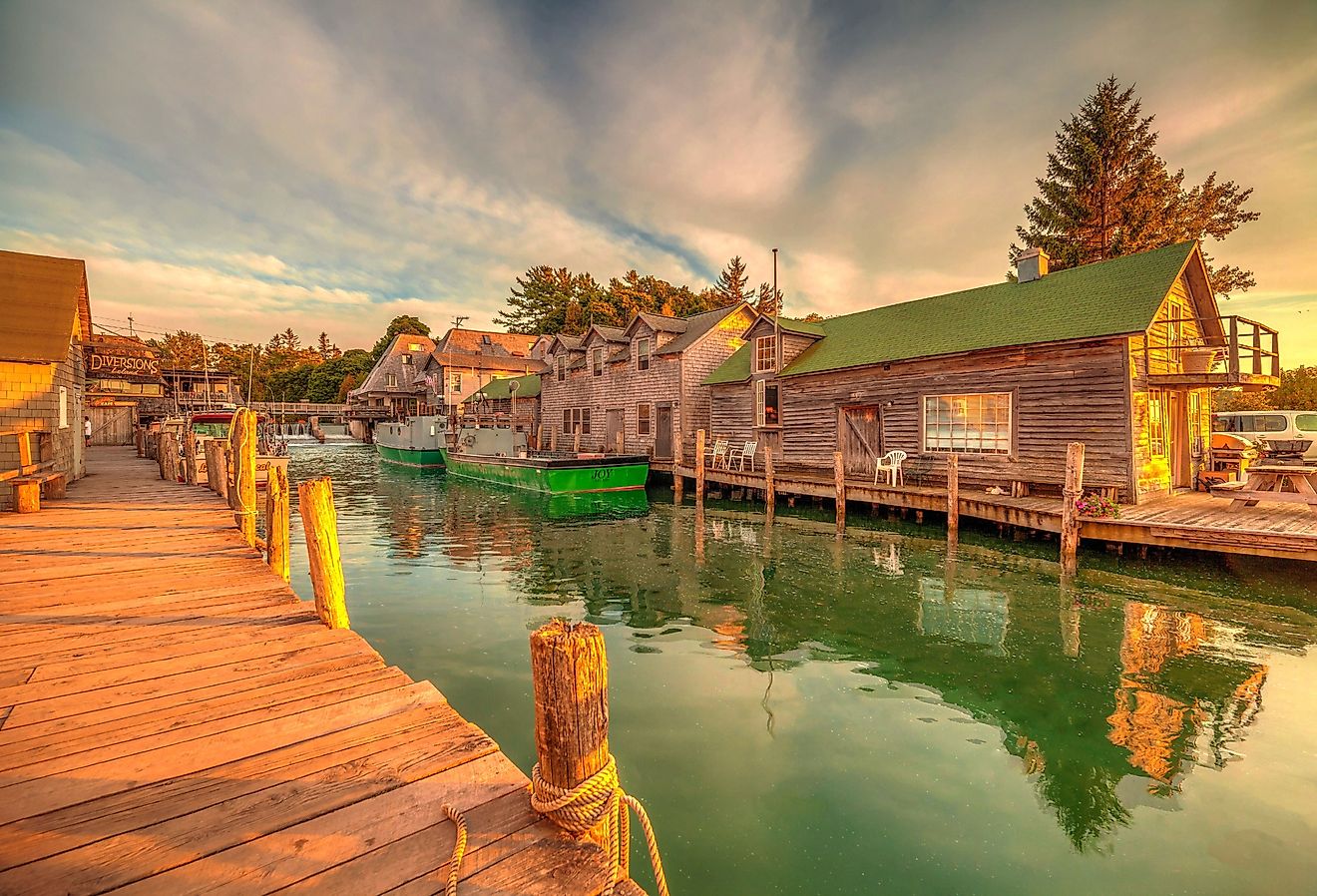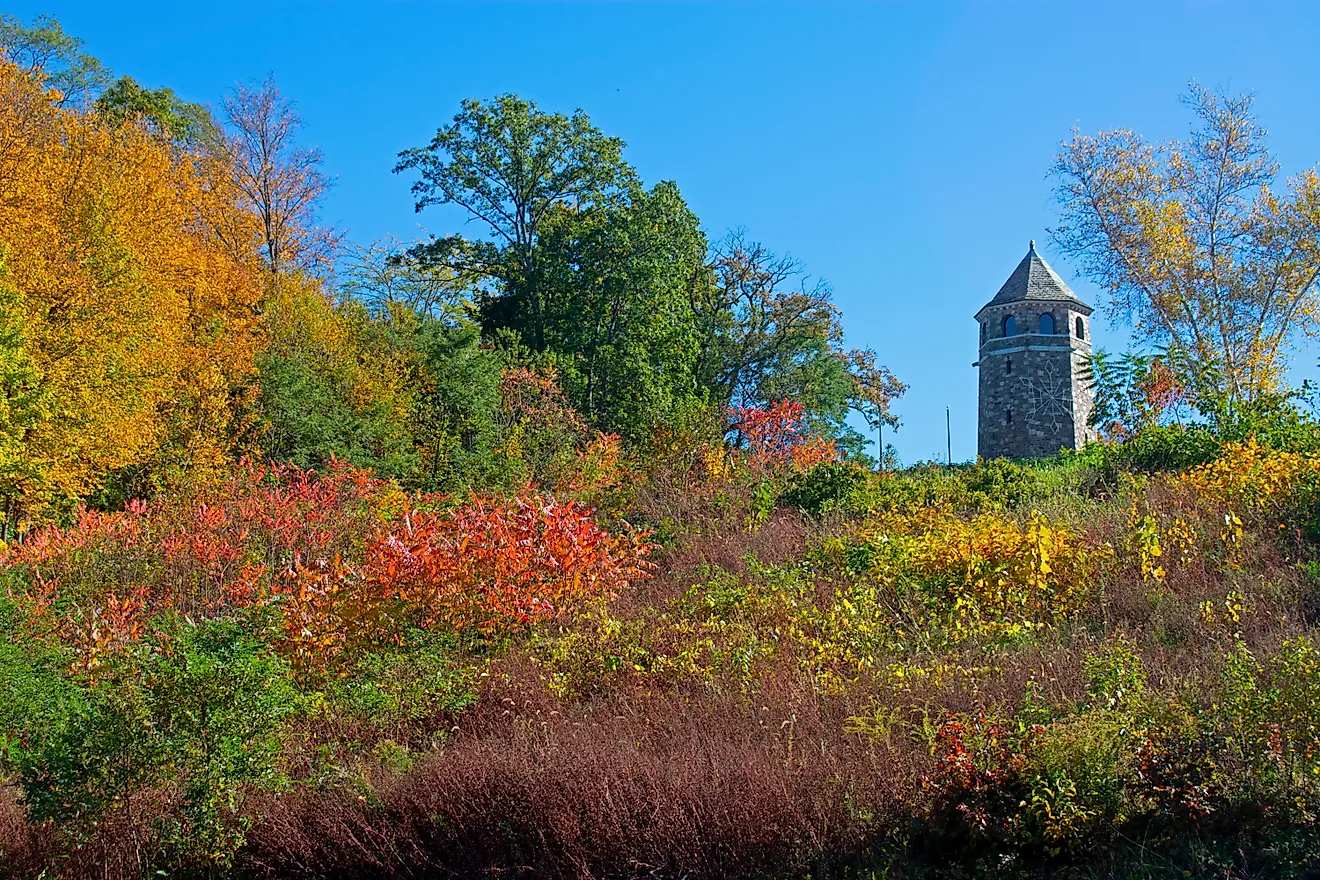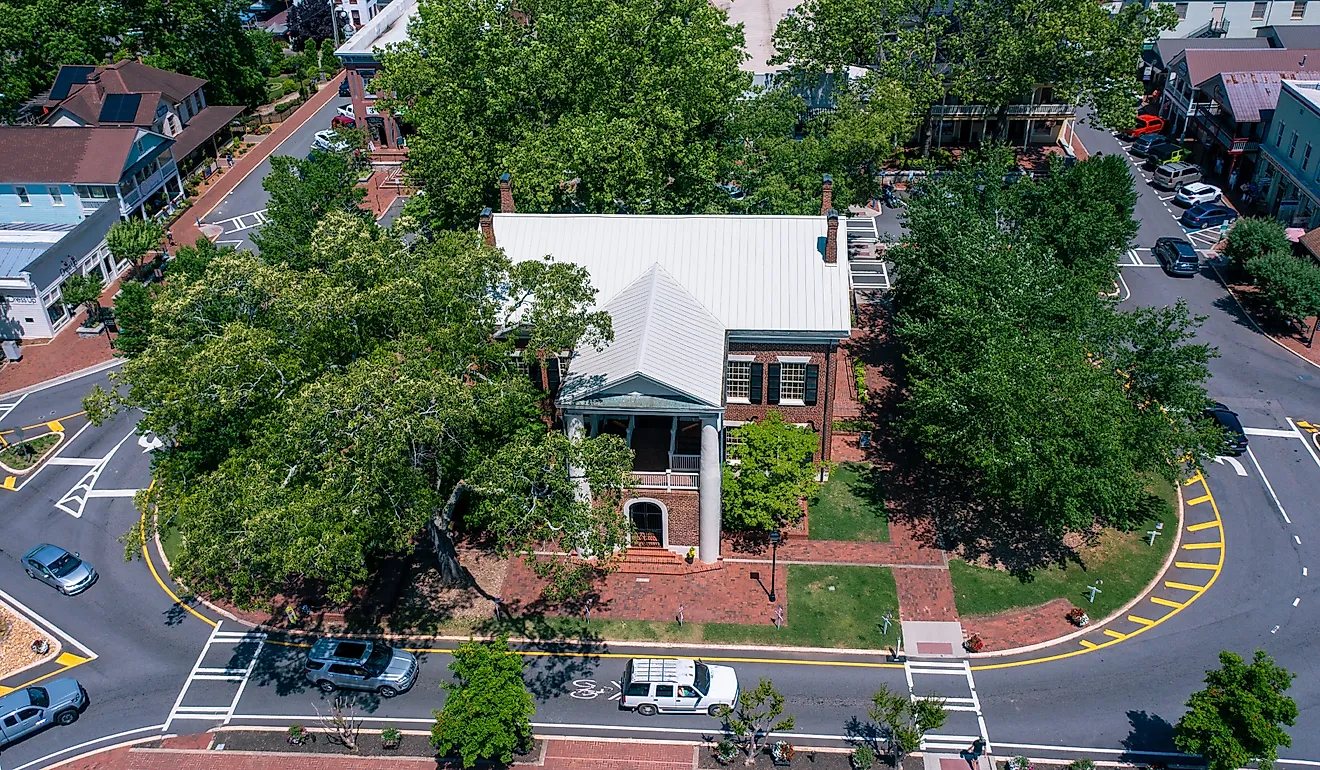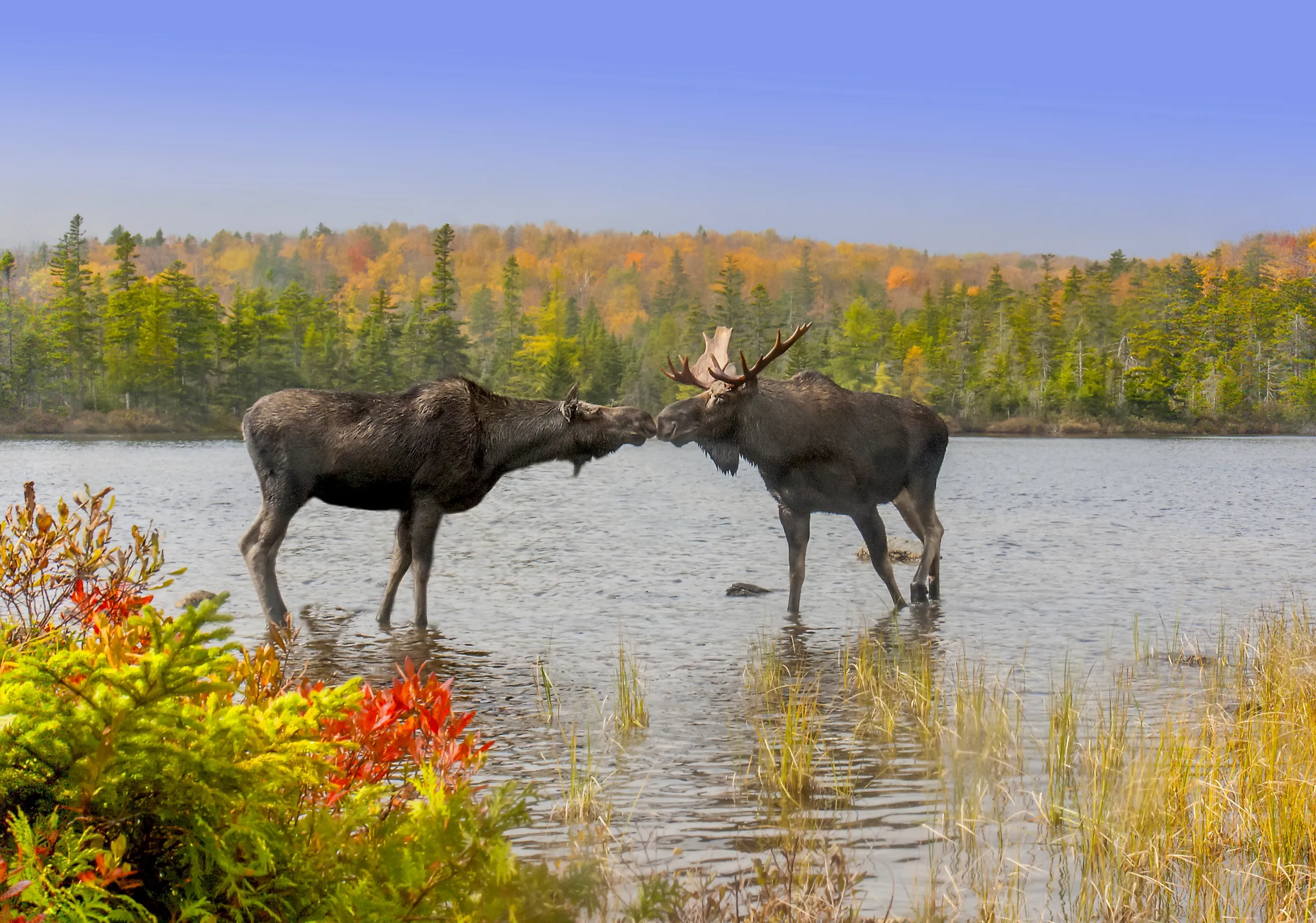
5 National & State Parks In Maine You Have To Visit
Also known as ‘the Pine Tree State’, there’s more to Maine than its impressive forests. This diverse and beautiful corner of New England is home to glacier-carved valleys, towering mountains, deep backwoods, and windswept coastlines. Maine is home to 32 state parks, covering half a million acres of unspoilt wilderness, and one of America’s top ten national parks. These well-preserved conservation areas give locals and visitors easy access to Maine’s incredible biodiversity, providing plenty of opportunities to respectfully enjoy the great outdoors. Whether you’re into hiking, climbing, water activities, or simply looking for a rural getaway, these picturesque parks guarantee a one-of-a-kind adventure.
Acadia National Park
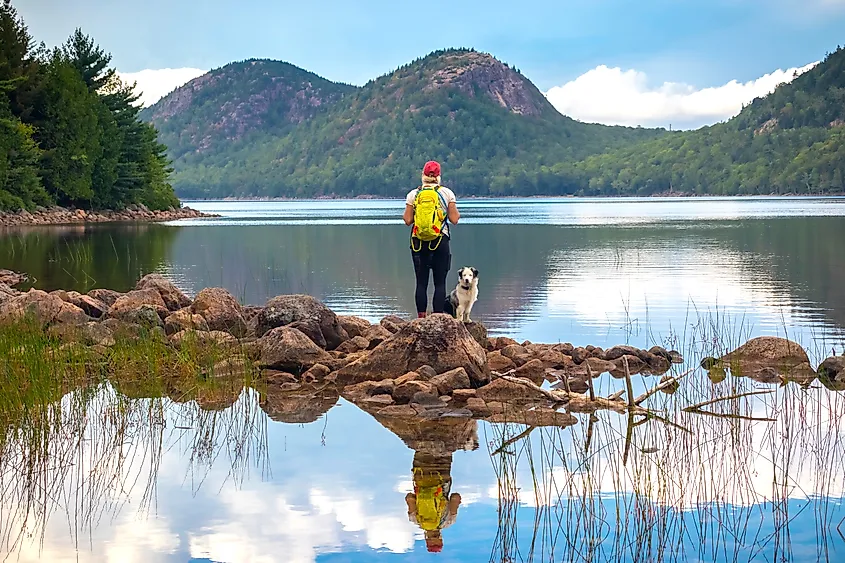
The Greek word ‘arcadia’ refers to a region of idyllic pastoral beauty, an earthly paradise. Acadia National Park lives up to that name with nearly 50,000 acres of rugged Atlantic coastline, sandy islands, picturesque peninsulas, towering mountains, and pristine beaches.
Founded in 1916, Acadia National Park was the first national park established east of the Mississippi River. It’s also one of the most visited national parks in the country, welcoming around 4 million visitors every year. With 60 miles of coastline, 33 miles of scenic motor roads, 45 miles of carriage roads, and more than 150 miles of hiking trails, there are lots of ways for visitors to explore the park.
The park is located mostly on Mount Desert Island. The 27-mile Park Loop Road takes visitors to the most popular observation points and amenities in this area, including Sand Beach, Otter Cliffs, and the park’s iconic feature, Cadillac Mountain, the highest point on the eastern seaboard. You can take the Cadillac Summit Road to see the breathtaking views from the top, but be aware that this is the most popular destination in the park and gets very busy in summer. Vehicle reservations are required to drive the Cadillac Summit Road from mid-May to mid-October.
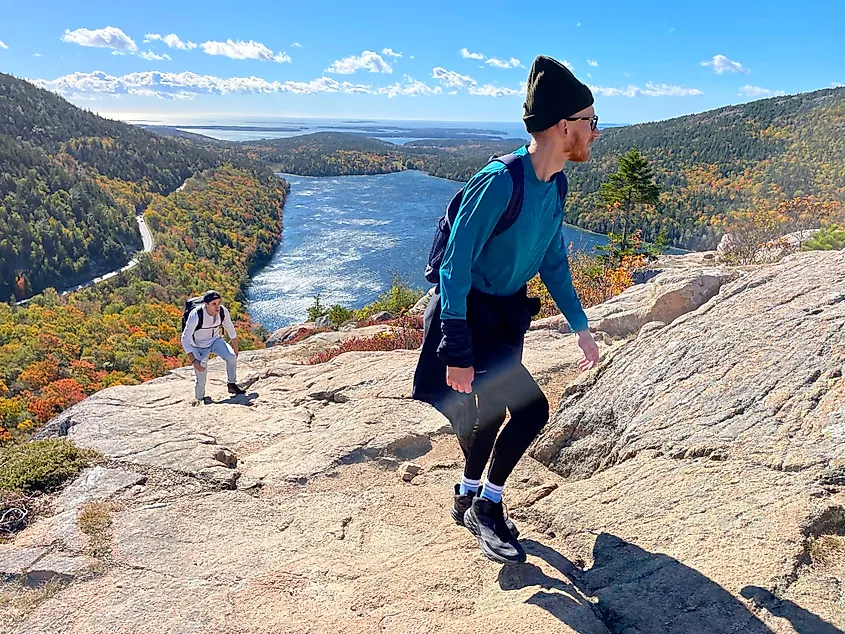
The west side of Mount Desert Island is often quieter. Here you can see more stunning scenery along with some notable park features including the Bass Harbor Head Light Station and the Carroll Homestead, an 1800s settlement that was in the Carroll family for generations before being donated to the park as a living history exhibit. Ranger-led tours of the homestead operate seasonally.
The nearest town to Acadia National Park is the scenic seaside village of Bar Harbor, which offers lots of accommodation options but is busy in the summer season. You can also camp in one of the park’s two campgrounds, both of which are located on Mount Desert Island. Reservations for campsites must be made in advance. The park is open year-round; however, depending on weather conditions, there may be road closures in winter. Some tours and visitor facilities may also have reduced operating hours, so check the schedule before you go.
Baxter State Park
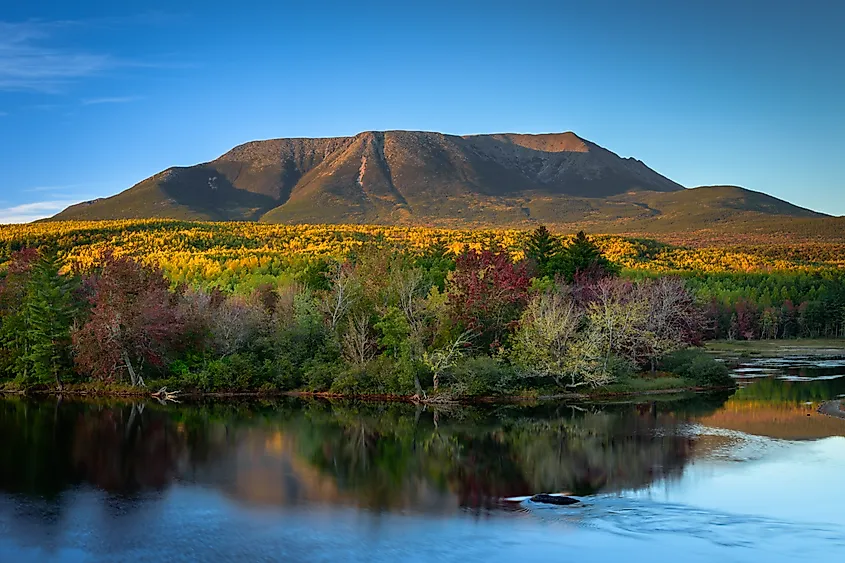
Maine’s largest park, Baxter State Park is a 200,000 acre parcel of untouched wilderness in the northern woods. This is the park for you if you’re looking for a truly remote backcountry experience with dazzling scenery, more than 215 miles of hiking trails and 10 campgrounds.
The park is also a popular destination for climbers. It contains Maine’s tallest peak, the impressive 5,267 ft. Katahdin Mountain, which is also a designated National Natural Landmark. You can hike the peak, but be warned, this is not a climb for the faint-hearted. It’s a steep and rocky climb that can take up to 12 hours to complete. If you’re hiking Katahdin, you will need to purchase a Katahdin Trailhead Pass in advance, as spaces are limited to keep traffic on the mountain to a minimum.
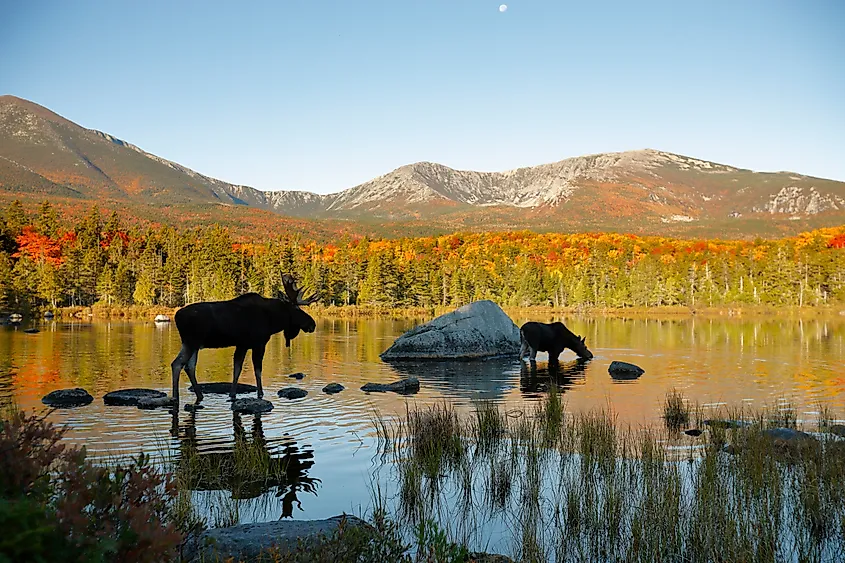
Katahdin is suitable only for advanced climbers, but there are plenty of other trails to choose from if you want an easy and accessible day hike. Try the Horse Mountain Trail near the park’s Matagamon Gate entrance to enjoy a moderate, two-hour climb up to the viewing point where hikers are rewarded with sweeping views over Grand Lake Matagamon. Entering the park by the Togue Pond Gate, day hikes include the Cranberry Pond Trail and the Caverly Pond Trail from which you can see the stunning slopes of Katahdin rising in the background.
Open year-round, Baxter State Park is a great place to see the autumn foliage if visiting in the fall. In summer, visitors enjoy renting a canoe from Togue Pond Rentals and paddling the ponds. The park’s schedule also hosts regular events, including bird walks, nature presentations, stargazing evenings, and artist residences.
The nearest town to Baxter State Park is Millinocket where you can pick up supplies or book accommodation. Visitors can also camp in the park, although it is a wilderness area, so facilities are rustic. Most campgrounds are open from mid-May to mid-October. Bunkhouses and cabins are available in winter, but again, conditions are fairly primitive and only recommended for experienced campers.
Popham Beach State Park
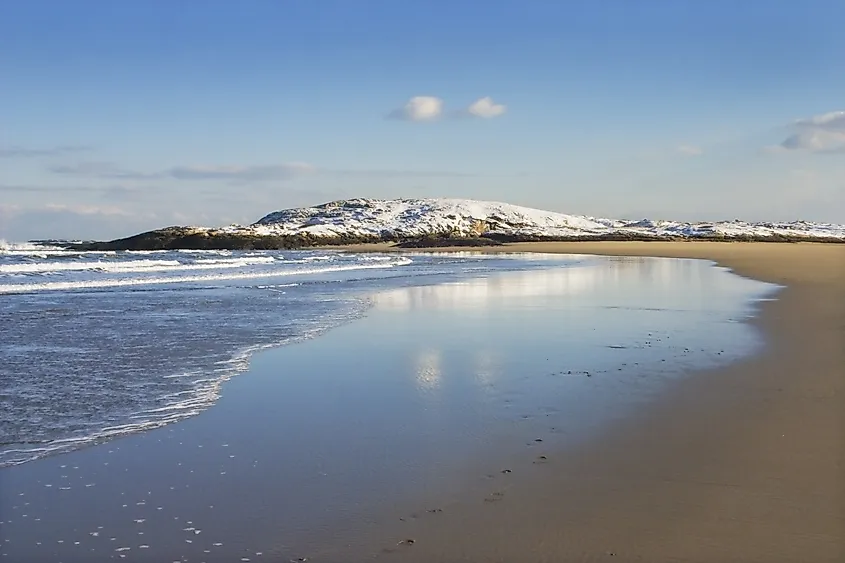
Maine’s busiest state park beach, it’s easy to see why Popham Beach is so popular. Located on the mouth of the Kennebec River, this beautiful stretch of sandy shoreline is a rare geologic landform that’s always changing due to sand dune erosion. Relaxing on the beach or wandering by the water, visitors can enjoy views of Fox and Wood islands offshore, as well as the Kennebec and Morse rivers.
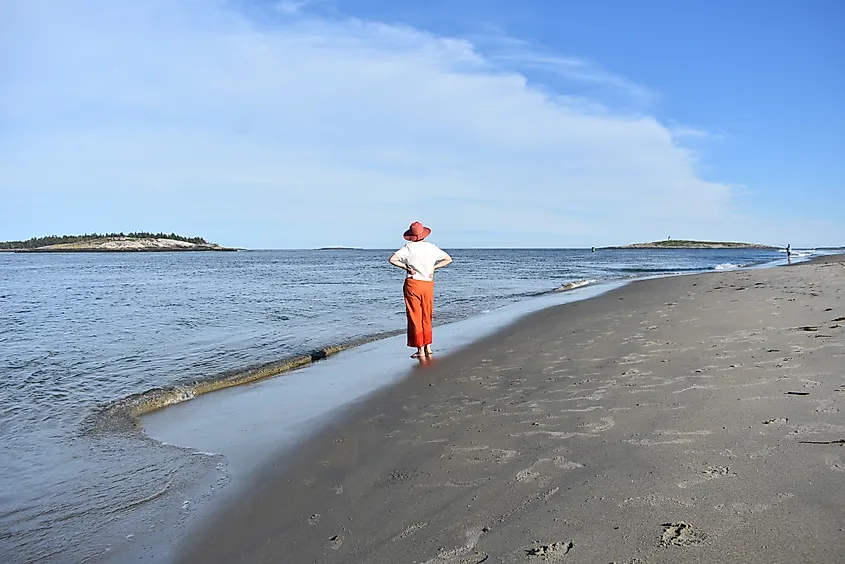
Swimming, horse riding, sea kayaking, paddleboarding, surfing, fishing, and picnicking are all available at the beach. If you’re going in the water, be aware that this is a surf beach with occasional undertows and riptides. There are lifeguards on duty from mid-June to mid-August, but the beach is unsupervised in the off-season. Check the weather and tide conditions before you go to make the most of your trip. Popham Beach State Park, located in Phippsburg, is open year-round, from 9 am to sunset.
Grafton Notch State Park
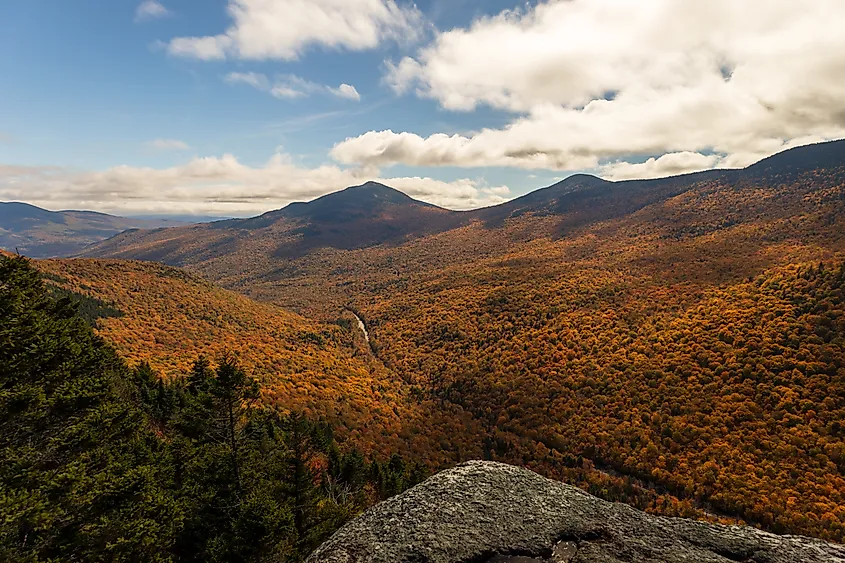
Jagged peaks, deep gorges, and cascading waterfalls dominate the landscape at Grafton Notch Park which is situated in Maine’s Mahoosuc Mountains Range. A paradise for backcountry hikers, birdwatchers, cross-country skiers and snowmobilers, this unique park is one of the best places to immerse yourself in Maine’s stunning outdoor playground. It’s also a window into the past, having been formed by glacial action around 12.000 years ago. As the glaciers retreated, they left behind deep crevices, ridges, gorges, and valleys making the park an area of key geologic importance.
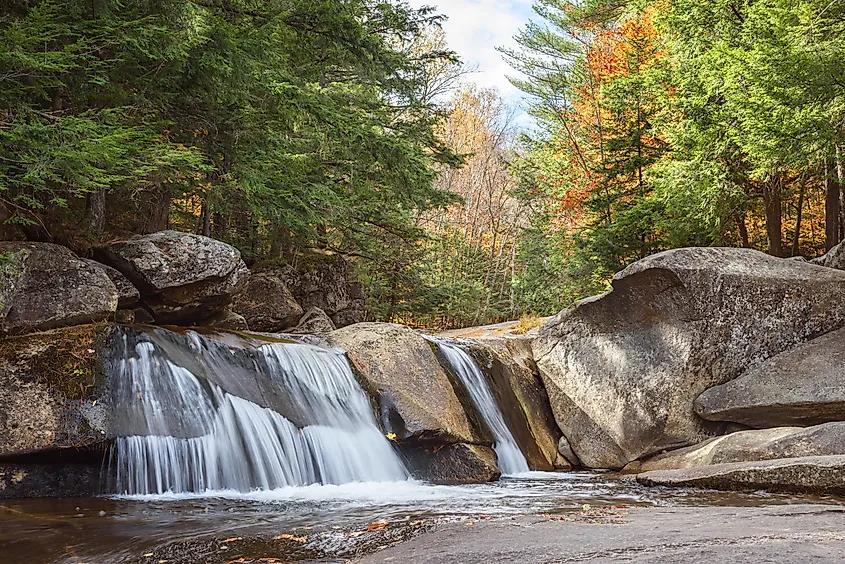
The park covers 12 miles of the Appalachian Trail; it’s also part of the Grafton Notch Scenic Byway and the Maine Birding Trail. Experienced hikers will enjoy the challenge of summiting Old Speck, a 4,180 ft peak with jaw-dropping views of the wilderness below. Easier hikes include Screw Augur Falls, a 23-foot waterfall in a narrow gorge, Moose Cave, which lies in a 45-foot-deep canyon, and Spruce Meadow, a wildflower-covered marshland with picnic facilities. All are accessible from Route 26 which winds through the park.
Grafton Notch State Park is open from 9am to sunset, mid-May to mid-October. It’s open to the public during the off-season but there are no visitor facilities open at that time. Camping is not permitted in the park but visitors can find lodging in Bethel, 14 miles south of the park.
Quoddy Head State Park
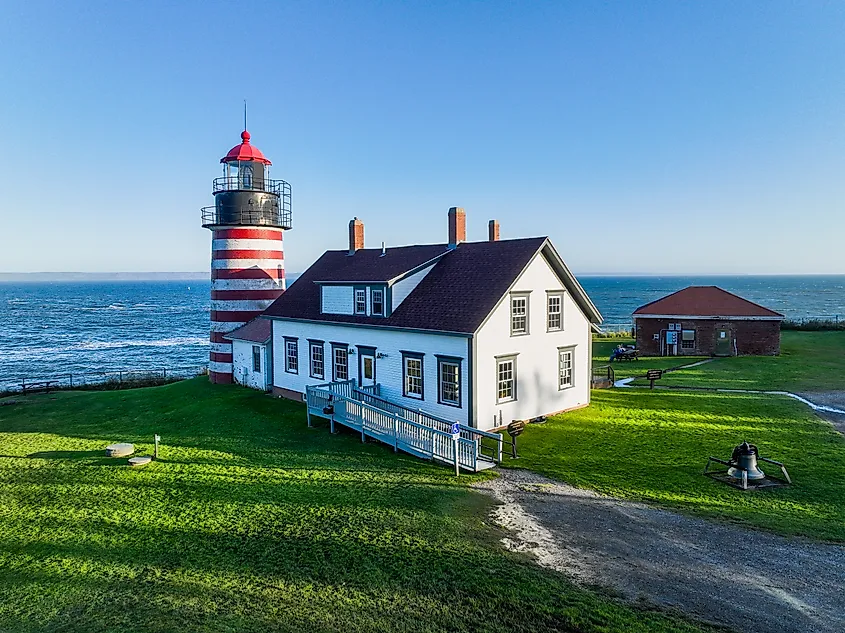
Quoddy Head is one of Maine’s hidden gem parks, tucked away on the tip of America’s easternmost peninsula. With five miles of scenic clifftop trails along the breathtaking shoreline, a historic lighthouse, and incredible wildlife viewing, this 541-acre park is one of Maine’s best.
The park’s incredible geology dates back to 420 million years ago when its striking black cliffs were formed. Magma rose up from the ocean floor, creating the dark-colored rocks that have become one of the peninsula’s most striking natural features. The park itself was created in the 1960s and acquired another of its famous landmarks — the West Quoddy Head Light — in the 1990s. This classic, candy-striped lighthouse was first built in 1808 and overlooks the churning Quoddy Channel.
See the light up close from the one-mile Coast Guard Trail which follows the path the lightkeepers took when returning to the lighthouse. Other easy but beautiful day hikes include the 0.75-mile Inland Trail, which loops through conifer woodlands up to the Green Point lookout, or the 1.25-mile Thompson Trail, which leads to a secluded beach at Carrying Place Cove. For a more challenging but still moderate walk, try the four-mile Coastal Trail loop which passes rocky chasms, high bluffs, and ledges with access to the beach.
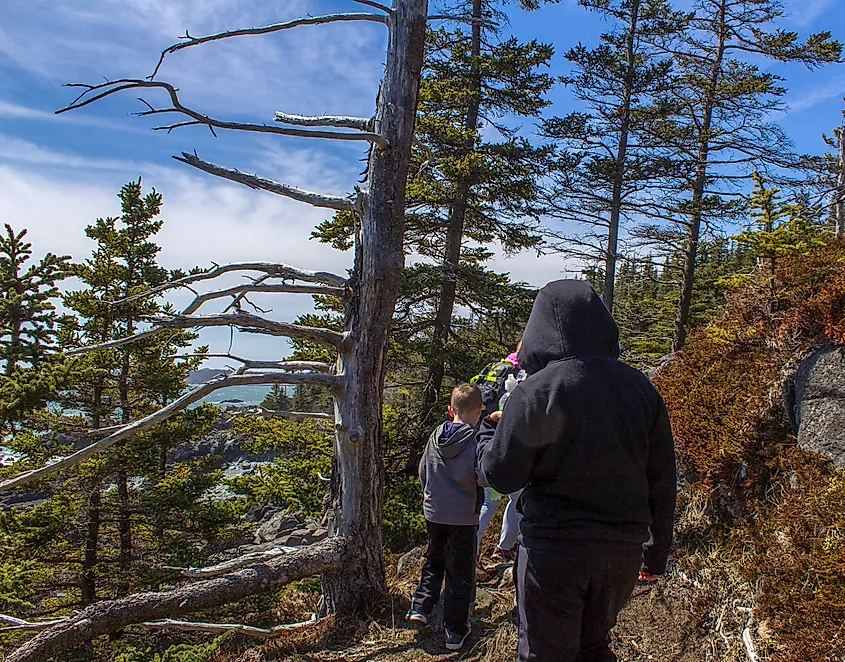
The park is also a great destination for wildlife watching. Visit in summer and you may be lucky enough to catch a glimpse of humpback, minke, and finback whales passing offshore. Time your trip with spring and fall migration to see hundreds of shorebirds congregating near Lubec Flats and Carrying Place Cove. Quoddy Head State Park is open 9:00 a.m. to sunset, from mid-May to mid-October. Visitors are welcome to enter the park in the off-season, but facilities such as the Visitor Center will not be open. Camping is not permitted in the park, but visitors can stay nearby in the town of Lubec.
Adventures In Maine
Hike Maine’s tallest peak, go whale-watching at the easternmost point of America, sunbathe among the sand dunes, or scramble through a glacier-carved gorge; Maine’s parks are full of adventures and memories. These rural retreats are the perfect place to get away from the grind and tap into nature. Before venturing into the wilderness, however, it’s a good idea to check the park’s website for any updates such as weather conditions, closures, special events, and safety advisories.
It’s also a great idea to time your visit with the seasons, visiting in summer to enjoy splashing around at the beach, taking advantage of ski trails in the winter, or planning for some spectacular leaf-peeping in fall. Peak color usually arrives in Maine from mid-September to mid-October and moves north to south. Whenever you arrive, and whatever you do, Maine’s parks are year-round natural treasures just waiting to be explored and enjoyed.
